National Geographic has defined it as “Italy’s best secret”: the charm of Calabria can go beyond borders. You will plunge into a country full of colors and aromas, washed by two seas and the keeper of ancestral traditions, balancing between art and history. Also to this should be added breathtaking landscapes, wonderful parks, exquisite buildings, and cuisine. The beaches of Calabria are known nationally and beyond, but there are also cities like Reggio Calabria that certainly deserve a visit.
The tip of Italy, Calabria, offers many historical and natural wonders. Discover them with us and visit this region.
Reggio Calabria
Reggio Calabria is a city worth visiting with many interesting sights, starting with the National Archaeological Museum, which houses the famous Riace bronze products and which is one of the attractions of Magna Graecia. It is spread over 11 thousand square meters and offers a time path going from the Neolithic to the Roman period. There is no shortage of historical buildings here, starting with the Aragonese Castle, the symbol of the city built by the Byzantines. The cathedral is also not to be missed. Churches, theaters, and monuments will be just part of the menu: the beauty of Reggio Calabria also lies in the simplicity of its waterfront.
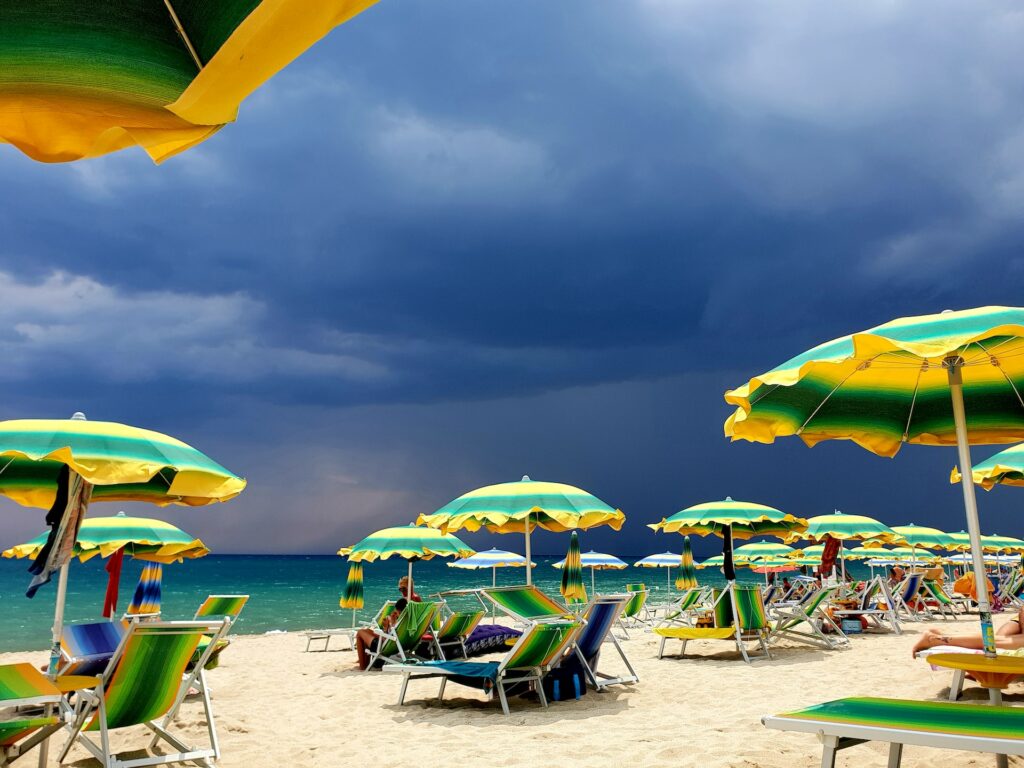
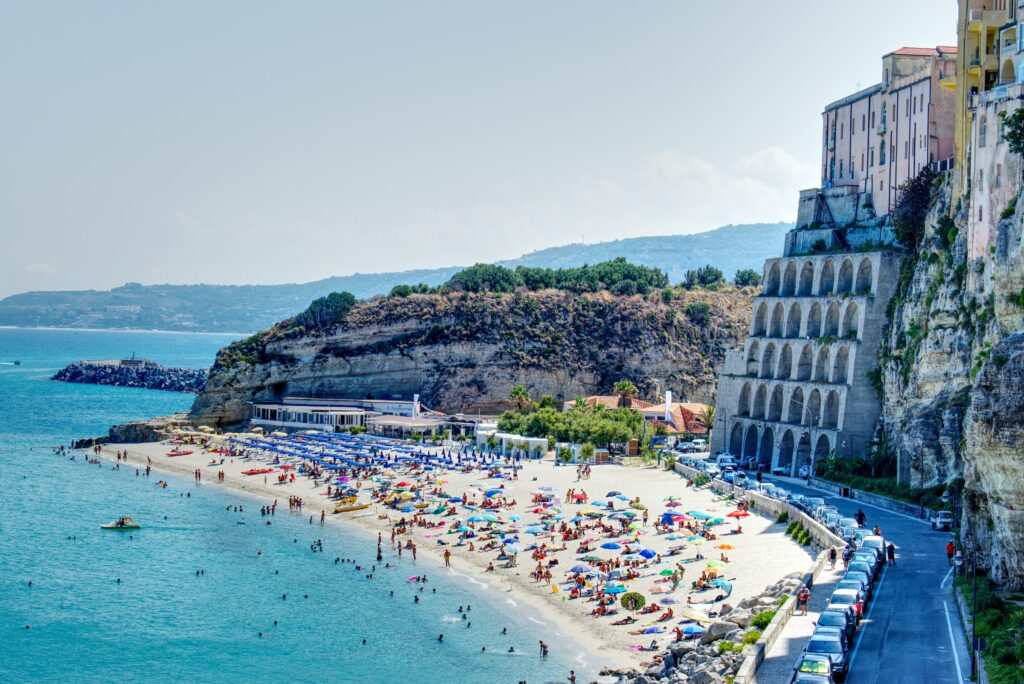
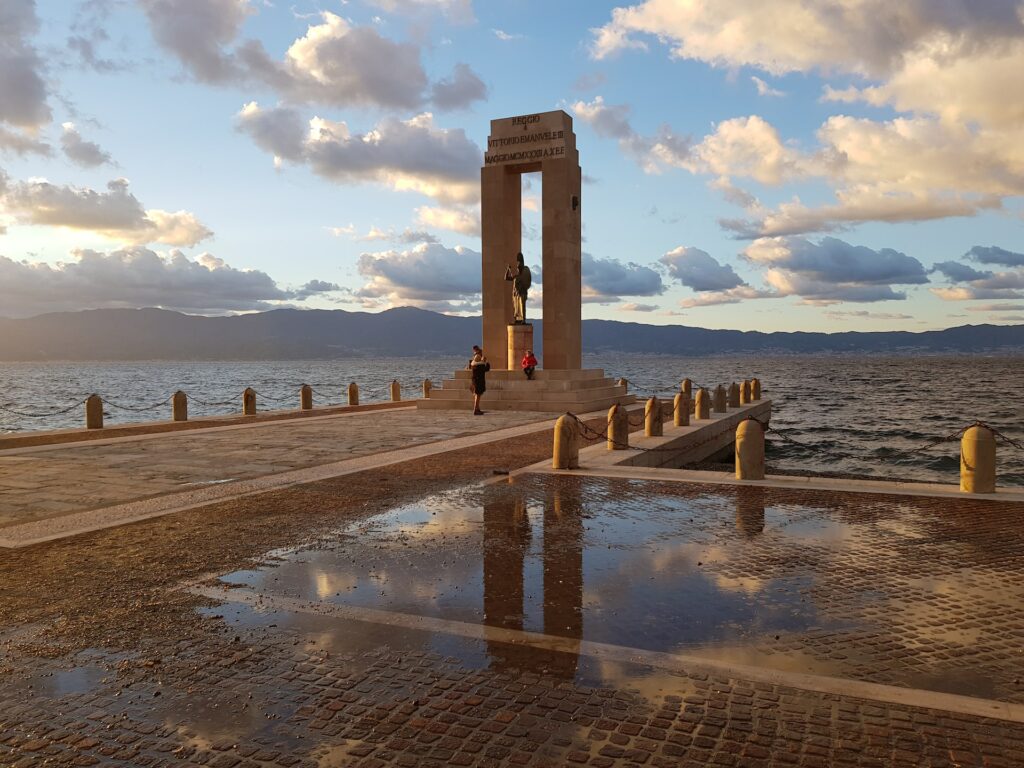
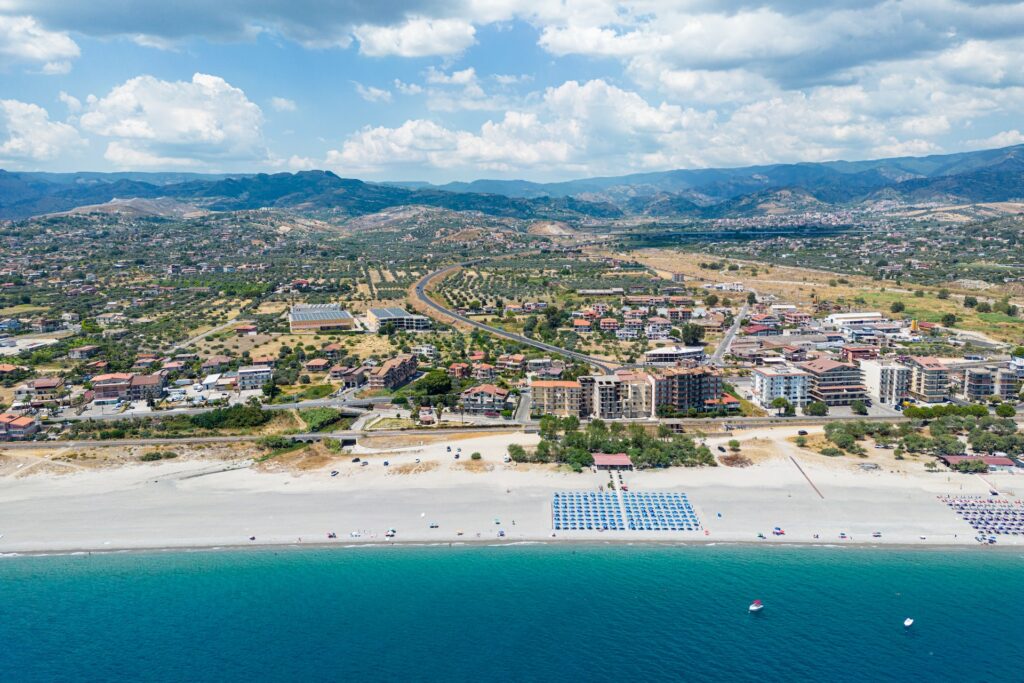
You can admire one of the most beautiful walks in Italy. A two-kilometer trail that winds among Art Nouveau buildings, monuments, and a wide variety of plants. You can also admire the archaeological finds of the Greco-Roman era of Reggio Calabria. The whole area was renovated in the 90s. Add to this beauty a vacation on the beaches with a diverse landscape that can surprise and conquer. The surrounding area also knows how to hide villages with a rich history: an example is the village of Cannatella.
Sila Nature Park
You can’t plan a vacation in Calabria without visiting one of the most important natural treasures: the Sila Natural Park stretches over 73 thousand hectares between the provinces of Catanzaro, Cosenza, and Crotone. The importance of this area is also due to its diversity, the value of which is also recognized by UNESCO, which has included it in its network of biosphere reserves. The symbol of the territory is a wolf, protected and protected from the danger of extinction. There are many activities that you can do in contact with nature.
Thanks to the guided tour, a detailed map, and a compass, you will have the opportunity to play, guided in a natural context. For those who do not want to experience fatigue and the thrill of hiking, there is a picturesque old train on which you can trace the natural landscapes of Calabria, reaching an altitude of 1400 meters. There is no better place for ornithologists: you will see buzzards, barn owls, hoopoes, and migratory hawks. Excursions can also be done on horseback, by mountain bike, or even by boat.
Tropea and the Church of Santa Maria del Isola
This town in the province of Vibo Valentia is more than a famous seaside resort. The sea is beautiful, but this village hides many wonders. How not to be amazed by the wonderful “views” that the historical center offers on the sea? You can get lost in the beautiful streets overlooking the craft workshops, particularly, those made of iron, terracotta, and fabrics. There will also be museums and churches that can be covered with a glance.
Among them, the sanctuary of Santa Maria del Isola, a real pearl, deserves special mention. Partly because of its privileged position on a cliff overlooking the Aeolian Islands, partly because of the legends concerning its history. The building belongs to the Abbey of Montecassino and has been towering over the sea for more than a thousand years, offering a panorama that even covers Mount Etna.
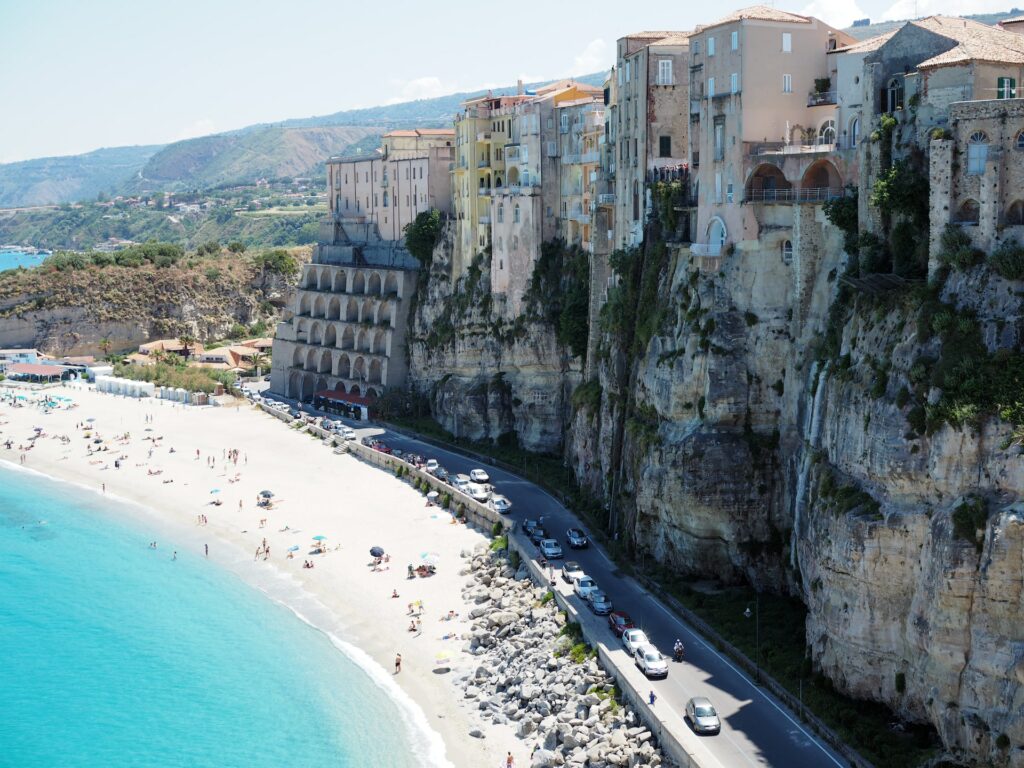
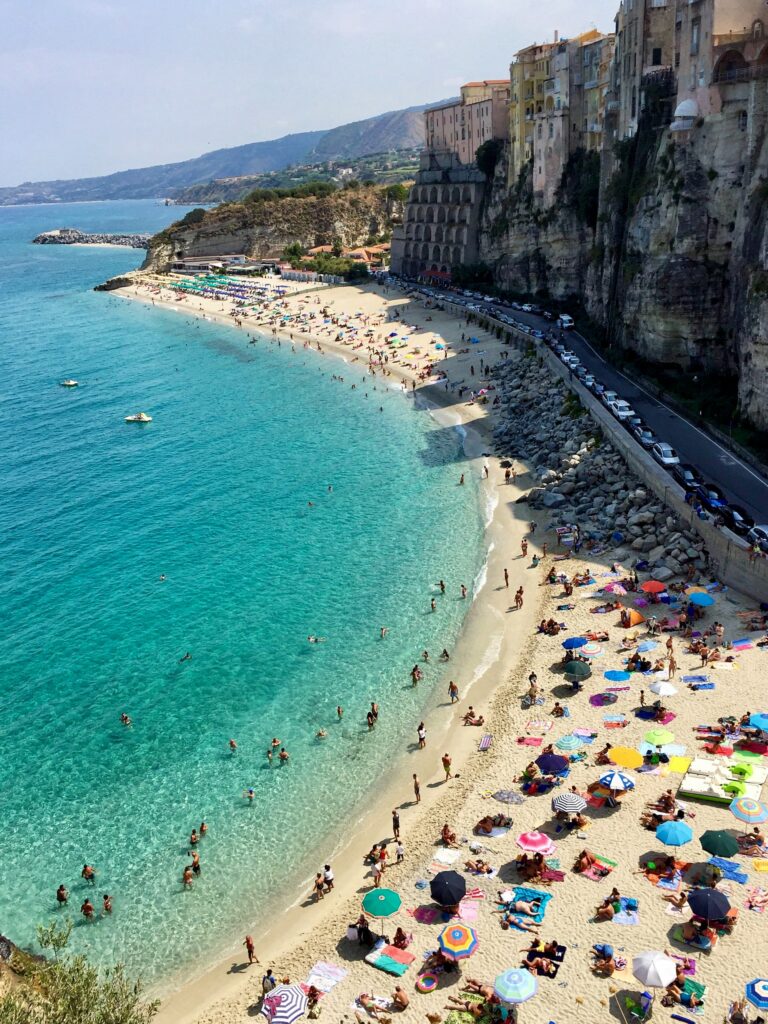
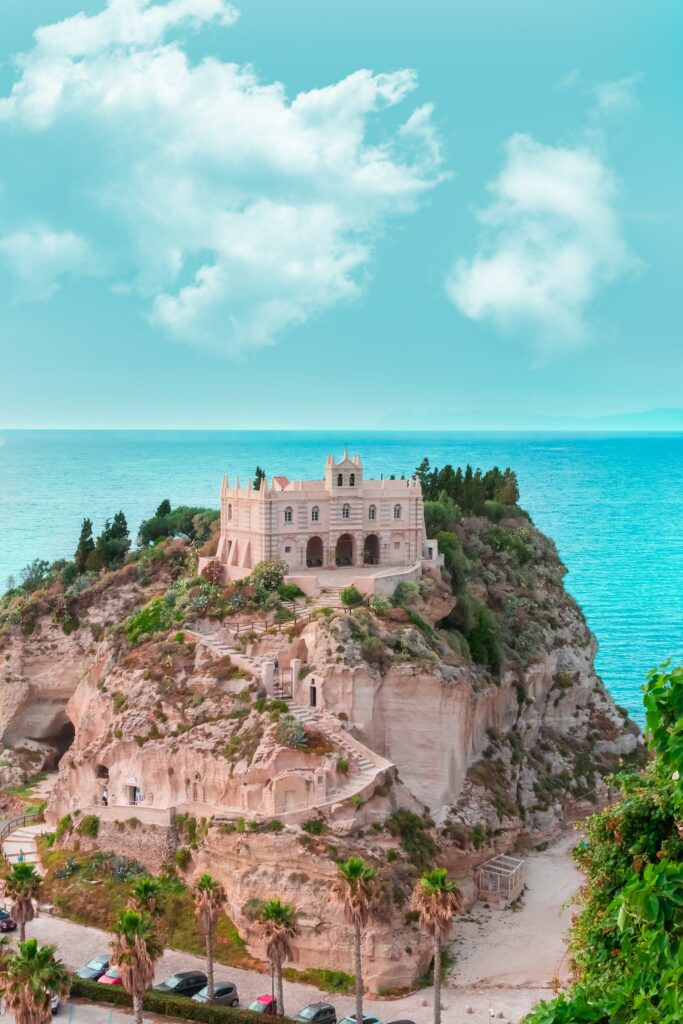
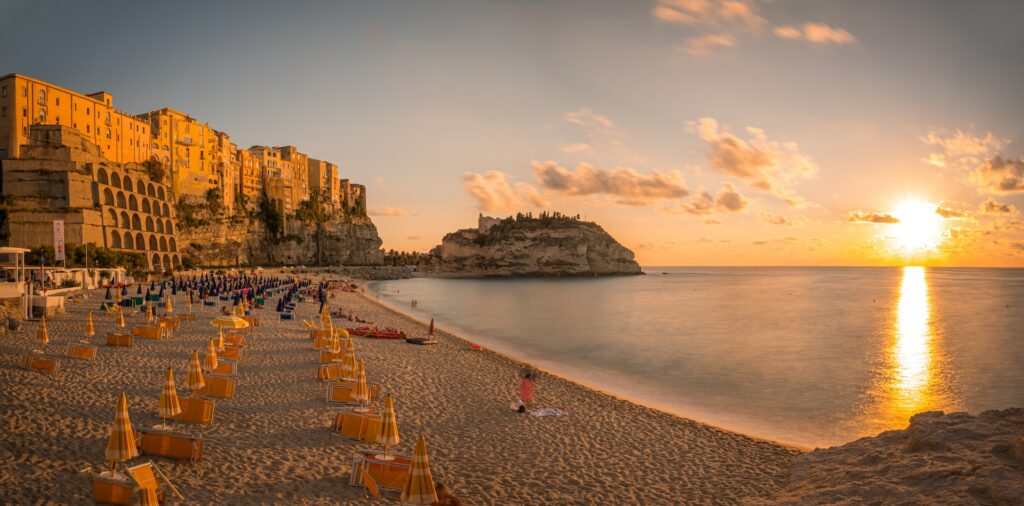
Among the “wonderful” places mentioned is a boulder halfway up the stairs leading to the entrance. On the main altar, there is also a group of statues dedicated to the Holy Family, which are lowered onto a fishing boat every year for the procession on August 15.
The Tropea is also part of the so-called “Beautiful Coast”: a 55-kilometer dream trail that runs between beaches, coves, rocks, and caves. Starting from the center, one of the first beaches is the Rotunda, a calm and clean paradise, protected by rocks on both sides. A little further away is the Marina del Isola beach: an irresistible mix of soft white sand, the purest sea, and a beautiful church towering on top.
Cape Capo of the Vatican
9 km from Tropea, you will find yourself on this cape surrounded by 7-kilometer beaches that offer wonderful shade and moments of relaxation. Beaches are considered one of the 100 most beautiful in the world in terms of the beauty of the water, vegetation features, and sandy shores. Sandy coves alternate with rocky spurs, which is ideal for snorkeling and diving enthusiasts. One of the most beautiful beaches to visit is the Gulf of Riace, where you can rent boats and jet skis to discover caves or Grotticelle Beach: here the crystal clear seabed slopes smoothly. Capo Vaticano will have campsites, free beaches, and all kinds of services.
Cattolica di Stilo
Stilo in the province of Reggio Calabria is one of the most beautiful villages in Italy. We are located at an altitude of 400 meters with a beautiful view of the Ionian Sea. It is believed that it was founded in the 7th century by refugees from the ancient sea city of Greece. Huge walls and 5 large gates were built around it (currently there are traces of two). In addition to the symbolic places of the territory, many events are held: from trekking to excursions, passing tastings, and shopping.
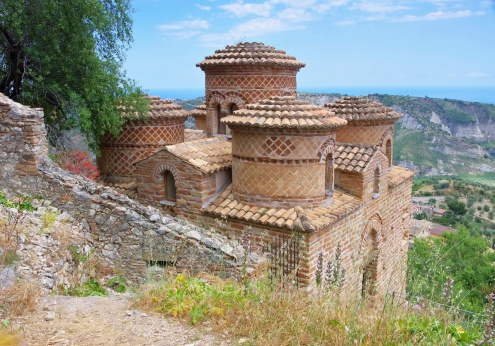
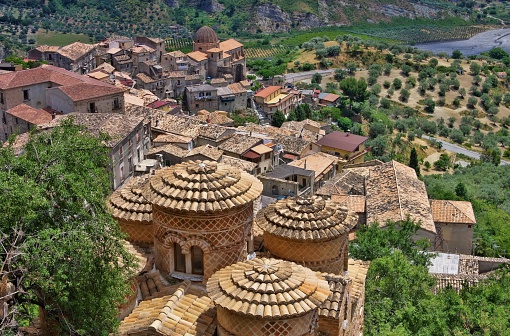
One of the most visited attractions, apart from the castle, is certainly the Cattolica, a small religious building on the slopes of Monte Consolino. The term “Catholic” of Greek origin indicates a monastic complex. Its construction dates back to the 10th century at the behest of the Eastern monks and is made in the Byzantine style. The outer part is very rich both geometrically and chromatically, as was the case with the Eastern churches. It consists of a cube topped by four smaller domes. The interior in the shape of a Greek cross consists of four columns and square space.
Scolacium Archaeological Park
The story will be the main character of your trip to Borgia, a small town in the province of Catanzaro, where the archaeological park Scolacium is located. The ruins of the ancient Greek city of Skilletion, which became Minerva Scolatium, and once became a Roman colony, are protected here. Very little remains of the pre-Roman settlement. The layout of the Roman colony remains defined and offers the remains of an aqueduct, cobbled streets, resorts, a theater, and an amphitheater. The theater, which can accommodate up to 5,000 spectators, stands on a natural hillside. It was built in the I century AD and underwent subsequent reconstruction.
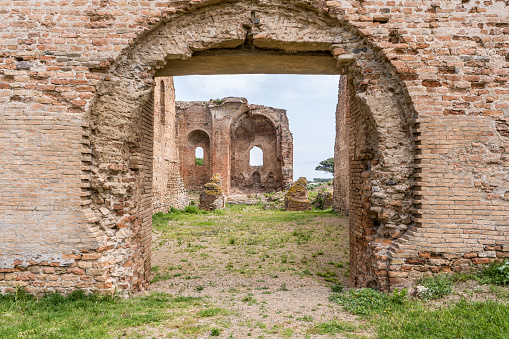
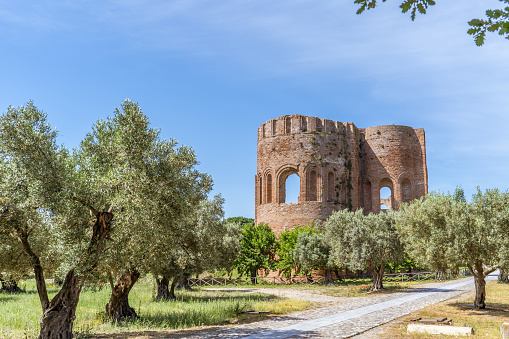
Most of the material that was found during the excavations comes from here. Sculptural groups and architectural fragments are distinguished. Nearby are the remains of an amphitheater built in the I century AD, which coincides with the expansion of the city. The area is also home to the Basilica of Santa Maria di Rosella, a structure dating back to the 11th century and combining the rules of Roman art with Arabic and Byzantine elements.
Gerace
Our route passes through one of the most beautiful villages in Italy. We are located in the Aspromonte National Park, in the province of Reggio Calabria. The name, which is of Greek origin, means “sparrowhawk”, and it is said that the bird of prey chose exactly the place where the village stood, protected and difficult to attack. You will find so many historical and architectural treasures worth discovering. The flagship is a castle. The estate is located in the highest part of the city. The Norman structure is still visible despite the numerous earthquakes that have occurred in the area.
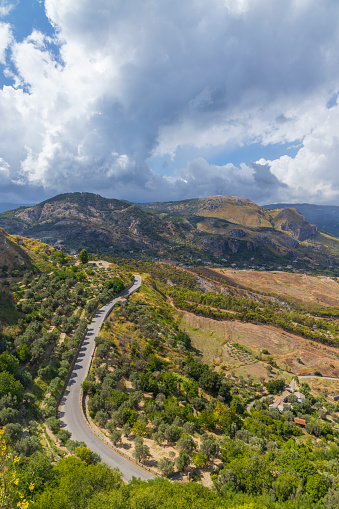
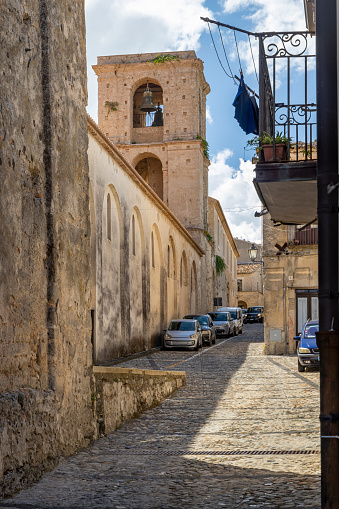
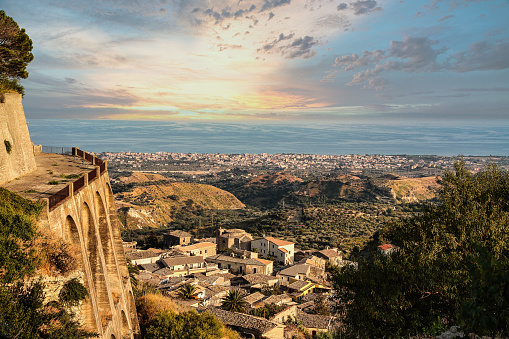
An incredible panorama opens from the walls of the castle. Another attraction is the cathedral, one of the Norman buildings of the greatest national interest. Norman, Romanesque and Byzantine styles merge here. The village commonly referred to as the “Holy City”, has many churches, monasteries, and nunneries that are worth a visit. Also noteworthy are the Church of San Giovannello and the Church of San Francesco.
Dino Island Caves
Facing the Riviera Dei Cedri, a land that offers flavors and colors, stands wild Dino Island, a rocky mountain that rises out of the sea and hides suggestive caves. The name comes from “storm”, and it’s not hard to see why. When the sea is raging, the waves violently beat the rocks. The island is an ideal place to enjoy nature and take unforgettable photos.
According to legend, a temple in honor of Venus was also built in honor of the beauty of the island. This magnificent landscape has been the scene of numerous battles between pirates, as evidenced by the observation tower, since the Norman era. To get to the island, just take a boat from Praia a Mare. And then you can devote yourself to wonderful guided walks to discover the treasures of the island. The tower, located at the extreme western point, offers the highest point and a breathtaking observation deck.
Pollino National Park
An area with rich nature, stretching almost 200 thousand square meters between two regions (Basilicata and Calabria). The landscape, which varies from streams to rivers, includes limestone bastions, dolomite cliffs, and faults. The peaks reach 2,200 meters, but the landscape also alternates pastures, karst caves, and random boulders. The Mediterranean scrub consists of laurel, rosemary, strawberry tree, mastic, and myrtle.
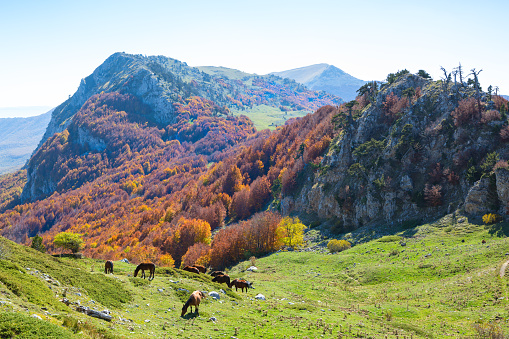
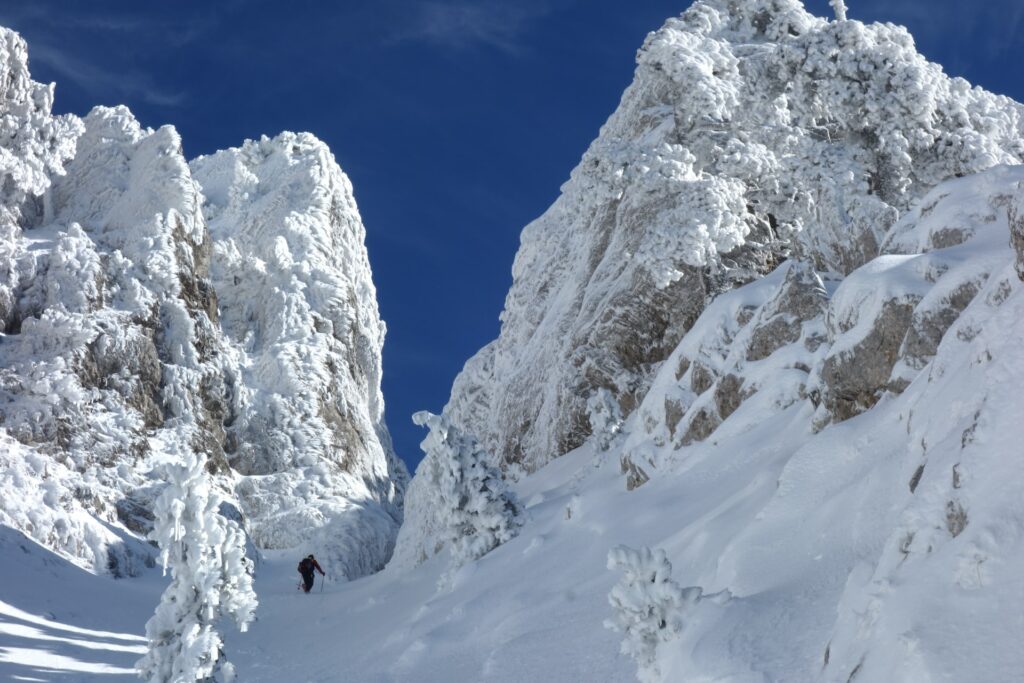
Among the rarities of the area is the presence of medicinal herbs. It will be a unique opportunity to choose a path among nature and cross paths that will make you discover different types of fauna and flora. There will be no shortage of opportunities to visit shrines, churches, castles, and caves in this vast territory. Among the religious buildings, the Sanctuary of the Madonna del Pollino in San Severino Lucano, in the province of Potenza or Santa Maria Della Armi in Cerciara di Calabria is particularly interesting.
Lamezia Terme
Another amazing city, of course, is Lamezia Terme: a city in the province of Catanzaro with a rich history and culture, with beautiful views and is very popular due to its resorts. The cathedral is a symbolic monument and is dedicated to Saints Peter and Paul. The impressive neoclassical building was built in 1640. Don’t miss the archaeological museum, which tells about the history of the area through finds and objects.
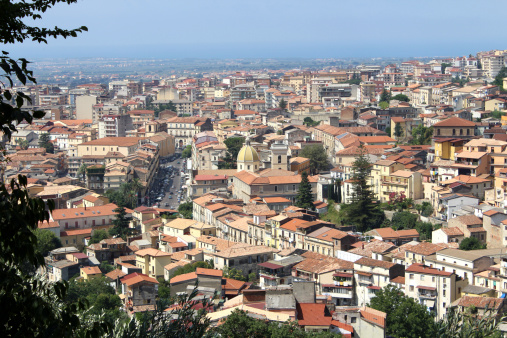
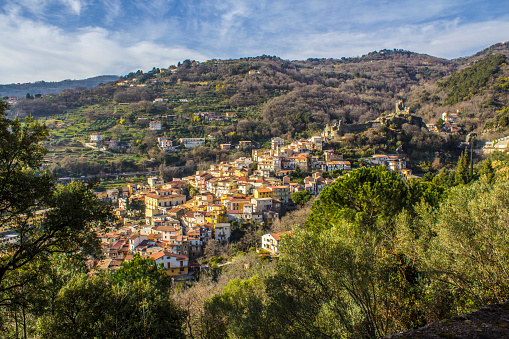
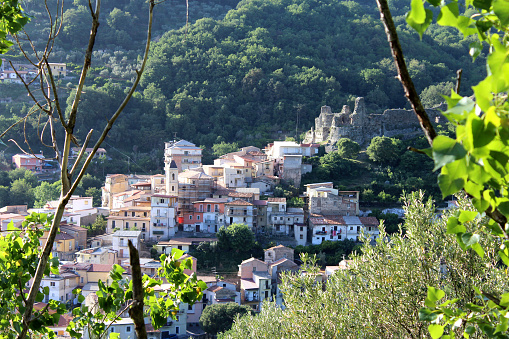
You can also walk around the oldest area of San Teodoro with its old houses and churches. To relax and get in shape, there is nothing better than the Terme di Caronte, known already during the Roman Empire. Outside the establishment, you will find an outdoor swimming pool (guna), where you can use its mud and sulfurous waters.
Ducal Castle in Corigliano Calabro
This is one of the most beautiful estates in Southern Italy, today it has become a museum. Corigliano Calabro Castle is located in the province of Cosenza and was built around 1100. The fortress consists of four walls, two floors, and four bastions having a round shape at the corners. What is striking, in addition to the grandeur of the facade, is the beauty of the interior. A journey through frescoes, sculptures, and precious stained glass windows. You will visit the Hall of Mirrors and kitchens of the nineteenth century and admire the chapel of Sant’Agostino, inside which there is a painting “Madonna Delle Rosa” by Domenico Morelli, one of the most famous Neapolitan artists of the 19th century.












Planning a short trip to Calabria, this helped a ton! Right now we’re looking for a cute airbnb, preferably a cozy house with a terrace on the beach. If you have any suggestions, shoot, we’ll be a gang of six, all couples.